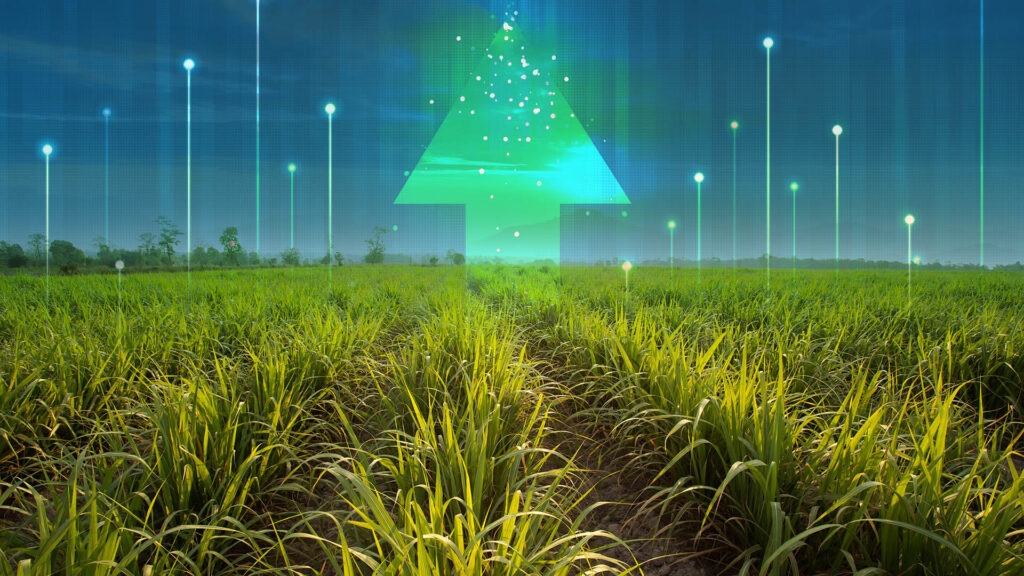In a symbolic move that harks back to centuries of trade between Australia and the United Kingdom, the cargo ship Port Macao sailed up the Thames River and berthed at the modest wharf beside Tate & Lyle’s sugar refinery. This event marked a significant milestone for both countries, thanks to the free trade agreement (FTA) that came into force on May 31.
The Port Macao, carrying a whopping 33,000 tonnes of milled Australian raw cane sugar from the Burdekin region south of Townsville, arrived without the punishing tariffs that have hindered previous shipments. Under normal circumstances, a shipment of this size, valued at around $35 million, would have incurred tariffs of approximately $18 million, making it commercially unviable. However, the FTA eliminated these tariffs, opening new opportunities for the Australia-UK sugar trade.
It is important to note, in September, raw sugar futures in the US climbed to over 26.6 cents per pound, reaching their highest point since late April when they hit an 11-year high of 27 cents. This surge was driven by concerns about potential supply disruptions from the world’s leading sugar producers.
Gerard Mason, the senior vice president of Tate & Lyle Sugars, expressed his excitement, stating, “We’re unloading at the moment, as we speak, the very highest quality raw cane sugar from Queensland, in Australia, in the first vessel that we’ve brought to the United Kingdom under the new free trade agreement.” He and his counterparts at Queensland Sugar Limited hope this marks the beginning of a thriving trade relationship that will expand as the FTA progressively eliminates sugar quotas over the next eight years.
This development signals a revival of a historic trade relationship that dates back to the early Victorian era but dwindled in the latter part of the 20th century. Tate & Lyle, with 145 years of sugar refining history at its London site, has faced challenges in recent times due to difficulties in sourcing raw cane sugar at competitive prices.
Following Britain’s entry into the European Economic Community in 1973, Tate & Lyle was subject to strict EU sugar tariffs, severing the abundant Australian supply. The company closed multiple refineries over the years, leaving only the Silvertown facility in east London operational.
The situation worsened in 2017 when the European Union favored domestically grown sugar beet over cane sugar. However, Brexit and the subsequent FTA could provide Tate & Lyle with a renewed lease on life and breathe new life into Queensland’s $2 billion-plus sugar export industry.
In the early 1970s, Queensland supplied between 300,000 and 400,000 tonnes of raw sugar annually to Tate & Lyle, comprising nearly one-third of the company’s input and 20% of the British sugar market. Mason expressed his desire to return to such high volumes.
The Port Macao’s arrival and the subsequent unloading of sugar at Tate & Lyle’s facility mark the beginning of a new era in the sugar trade between Australia and the UK. Despite the challenges of navigating new customs procedures and logistics, Gerard Mason foresees more shiploads in the next 12 months, with a total value exceeding $100 million.
Queensland Sugar Limited, with 3.5 million tonnes of annual exports, is eager to meet the UK’s initial sugar quota of 80,000 tonnes, with plans to increase it to 220,000 tonnes by October 2030 and remove limits thereafter. As the FTA makes cane sugar more competitive, more ships like the Port Macao may soon traverse the seas between Queensland and Silvertown, offering a Brexit dividend that promises a sweeter future for both Australia and Britain.

